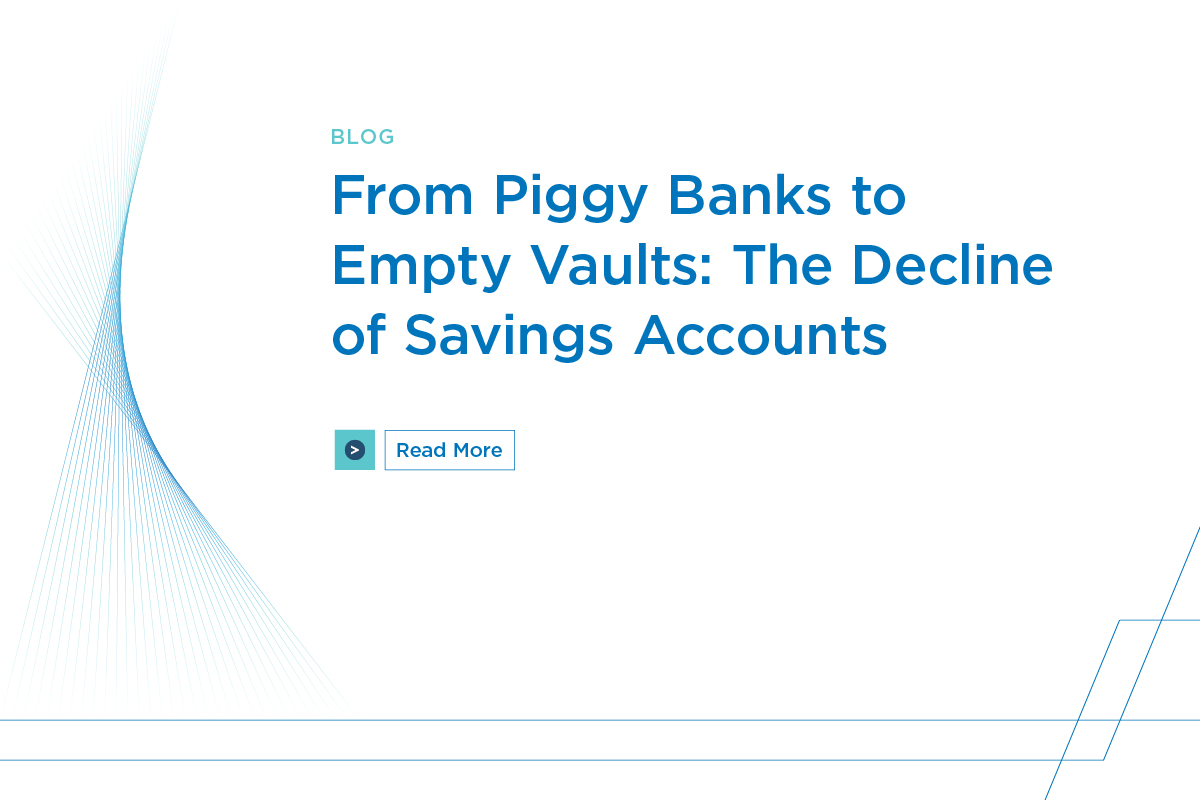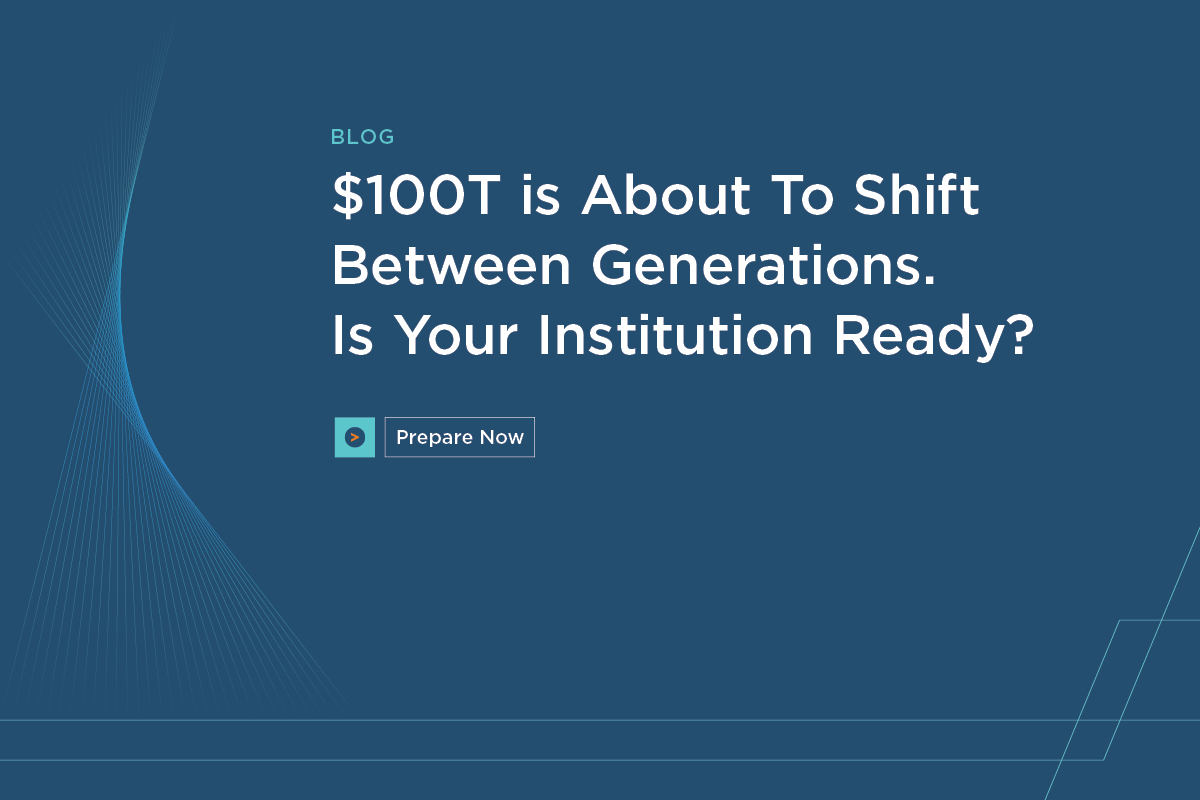While tumbleweeds aren’t exactly rolling through the branch lobbies of U.S. financial institutions — yet — there has been a noticeable shift away from the brick-and-mortar branch as the focal point of account holder interaction.
In an era of cost cutting and the growing prominence of digital and mobile technology, banks and credit unions are hesitant to open new branches, acting more quickly to close existing ones and, at the very least, streamlining services offered at underperforming ones.
Fewer branches translate to fewer face-to-face interactions with account holders, leading to further migration from the physical branch to digital channels. While online, mobile, and the contact center are important to overall customer experience, fewer branches mean the frontline staff has an even larger impact — for better or worse.
How so?
Because although there may be fewer branches, in-person visits are no less important — and, in fact, may be more important — to the account holder.
According to J.D. Power, 78 percent of retail banking customers in 2015 visited a branch. They did so approximately 15 times that year (vs. 67 digital visits).
And in J.D. Power’s latest study, overall satisfaction is higher among account holders who visited a branch than among those who didn’t.
While this appears to be good news for the branch, it also underscores the importance that account holders place on in-person interactions. They may be fine with managing routine banking transactions digitally, but when they need to talk to someone about a major financial decision or unusual problem, there is no substitute for a live human.
High Stakes for the Account Holder Mean High Stakes for Branch Personnel
Fewer branch visits mean less opportunity to engage customers face-to-face and build relationships the old-fashioned way. This is unfortunate since personal interactions are more memorable and provide a “stickier” experience than other channels.
Through personal interactions, banks and credit unions can offer additional value-added services beyond a specific request or transaction, thus building brand loyalty and enhancing account holder satisfaction.
When consumers engage with a financial institution online or over the phone, the focus is on the transaction, completing it in the shortest amount of time and moving on. This focus on efficiency in other channels puts extra emphasis on making every in-person interaction a memorable one for the account holder.
But memorable in a good way. A badly handled interaction can be magnified if the account holder visited the branch in need of help with a problem or requesting advice. The stakes are particularly high in this day and age, when account holders don’t hesitate to switch financial institutions after a poor customer experience, or at the very least to voice their displeasure on social media.
All of this makes the bank or credit union frontline staff particularly important. Evaluating positions across the entire branch network to identify key drivers of the customer experience, then measuring and tracking account holder feedback is the best way to gain actionable intelligence around a financial institution’s customer experience.
Including frontline employees as part of overall customer experience evaluations will help to ensure greater retention, loyalty, and positive word-of-mouth among account holders.
> Learn more in our latest webcast, “Voice of the Customer: More Than Surveys”



